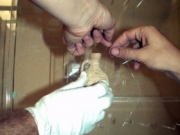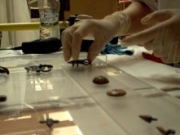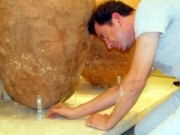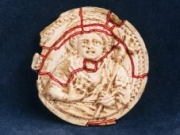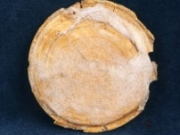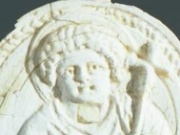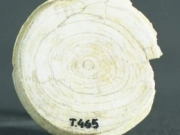Minor Art & Ceramics Conservation Workshop
The workshop has been operational since 2000 and undertakes the conservation of the Museum’s minor arts and ceramics collections. The Minor Arts collection includes inter alia ecclesiastical vessels, lamps of various sorts, jewellery, stamps and coins made out of metal, glass, bone, precious and semi-precious stones, leather, wood and other materials which are often combined using different techniques. Most of the artefacts in the collection are silver and date from the post-Byzantine period. The Ceramics collection includes utility and decorative objects as well as clay pots found in tombs as funerary offerings dating from between the Early Christian and post-Byzantine eras.
Since 2003, when it was rehoused in the Museum’s new wing, the workshop has been the recipient of a stream of new equipment designed to facilitate its daily tasks of examining and conserving the artefacts in its care, as well as its research into new materials, methods and techniques.
The workshop’s conservators take every measure required to ensure suitable climatic conditions for the artefacts on display as well as their safe packing, transportation, exhibition and storage.
The workshop also designs systems for mounting or supporting the artefacts in the display areas, often employing ground-breaking methods and materials geared especially towards seismic protection.
Many of the artefacts in the minor arts and ceramics collections have damages due to either corrosion mechanisms active in the past, or flaws in construction or ‘correctional interventions’ (material or chromatic additions) made before the object entered the Museum’s collections. The most common problems are the oxidation of metal surfaces, warping, cracks, crumbling and material loss.
The conservators’ goal is to halt the further decay of the artefacts and to ensure their good preservation. As such, the workshop’s emphasis is on preventive conservation and not necessarily on returning an object to its original state. The materials used are chosen to facilitate their easy removal at some future date, should this be required, while the methods selected do not threaten the integrity of the object. The principle of minimal possible intervention is applied at all times, especially in cases where material is added or sections repainted.








